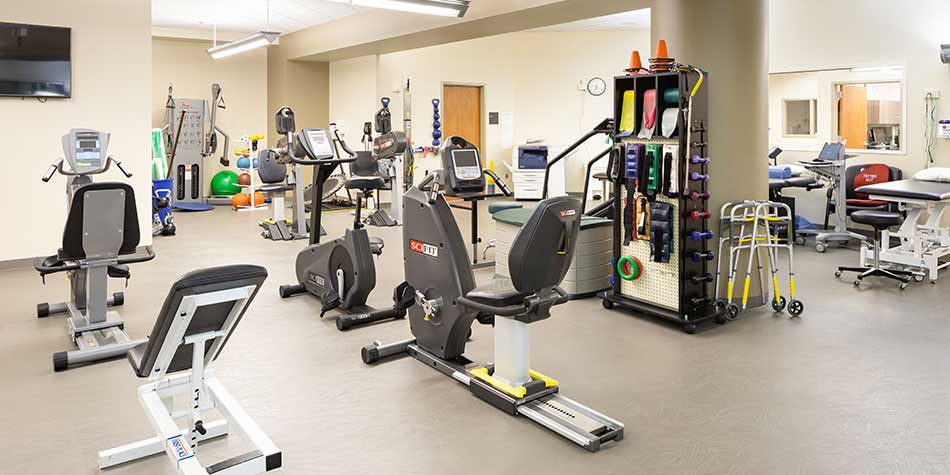Balance and stability are essential components of bodily wellness and overall well-being. They serve a vital part in daily activities, athletic performance, and injury avoidance. When an person has good balance and steadiness, they are not as likely to fall or incur damages during bodily exercises. One efficient way to assess these qualities is through Practical Movement Screening (FMS). FMS is a method used to evaluate motion styles and recognize discrepancies or weaknesses that could result to harm.
Practical Motion Screening involves a series of specific tests that examine how well a individual functions. The tests concentrate on basic actions such as squat, lunging, and flexing. By watching these movements, trainers and medical professionals can determine areas where an individual may struggle. For instance, if someone has difficulty maintaining balance while performing a squat, it may indicate a need for specific exercises to improve strength and coordination. This assessment not only identifies weaknesses but also helps to track progress over time.

In addition to this to identifying areas for improvement, FMS serves a crucial part in avoiding harm. Many damages occur as a consequence of poor movement mechanics, which can be detected through practical assessments. By joint therapy addressing these issues early on, people can lower their likelihood of harm during sports or other physical activities. For example, a runner who shows an discrepancy in their stride may be increasingly prone to knee injuries. By correcting these discrepancies through targeted exercise programs, the chance of injury can be significantly decreased.
Additionally, enhancing capability is another benefit of conducting a thorough evaluation of equilibrium and stability. Athletes and engaged persons often aim to improve their capability in particular sports or exercises. A thorough understanding of their motion patterns allows coaches Web Site to develop personalized exercise programs that target specific deficiencies. By improving balance and steadiness, sportspeople can improve their overall capability, whether it’s running more quickly, leaping taller, or executing precise movements in their sport.
In conclusion, the significance of assessing balance and steadiness through Practical Movement Assessment cannot be exaggerated. This comprehensive assessment serves as a foundation for improving physical fitness, preventing harm, and enhancing athletic capability. By recognizing areas of weakness and implementing specific exercise strategies, individuals can achieve better outcomes in their bodily exercises. Focusing on balance and steadiness not only leads to better performance but also contributes to a healthier, more energetic way of life.